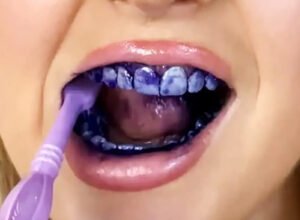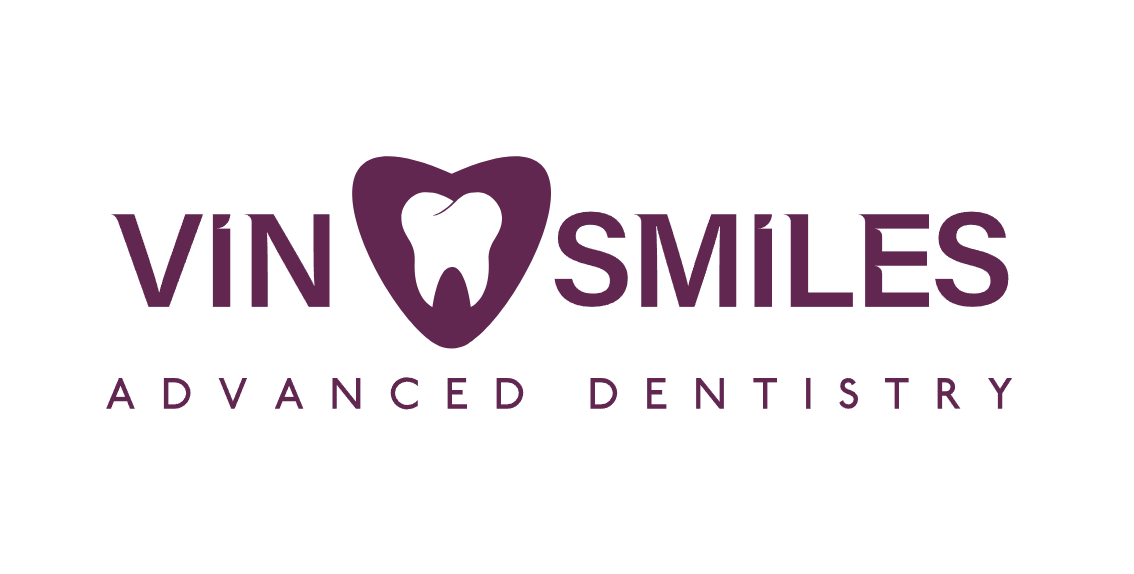 Is Purple Toothpaste Just a Pretty Paste or Truly Purple Power? Purple toothpaste is an exciting new advancement in tooth whitening, promising a modern and effective approach to brightening your smile. The vibrant violet hue has taken over our shelves and social feeds, but is it actually better for your teeth—or just another marketing gimmick? While the colour pops, it’s the ingredients that really matter. Let’s dive into the science behind the shade and whether purple toothpaste lives up to the hype of being purple power or is it just pretty paste!
Is Purple Toothpaste Just a Pretty Paste or Truly Purple Power? Purple toothpaste is an exciting new advancement in tooth whitening, promising a modern and effective approach to brightening your smile. The vibrant violet hue has taken over our shelves and social feeds, but is it actually better for your teeth—or just another marketing gimmick? While the colour pops, it’s the ingredients that really matter. Let’s dive into the science behind the shade and whether purple toothpaste lives up to the hype of being purple power or is it just pretty paste!  Purple Toothpaste’s FunctionalityHow does this novel hue of oral hygiene product function?
Purple Toothpaste’s FunctionalityHow does this novel hue of oral hygiene product function?- The colour theory: Purple toothpaste uses colour theory to make teeth appear whiter. Since purple cancels out yellow on the colour wheel, it helps neutralize yellow tones, creating a temporary brightening effect.
- Innovation & Marketing: Consequently, the choice of purple in toothpaste can be seen as an application of novelty aiming to boost its market presence
- Psychology: The colour purple is often associated with luxury and sophistication, which can appeal to a certain market segment.

 So, Does Purple Toothpaste Work? Purple toothpaste doesn’t actually whiten teeth because it doesn’t change the natural colour of your enamel or remove deep stains. Instead, it works through colour correction—using purple to cancel out yellow tones and create a temporary illusion of whiteness. This effect is only surface-level and short-lived. Unlike professional whitening treatments that use peroxide to break down stains, purple toothpaste doesn’t contain bleaching agents strong enough to make a lasting difference. So, while it may make your teeth look whiter for a short time, it doesn’t truly whiten them.Is it for everyone? Limited Effectiveness on Deep Stains: Purple toothpaste cannot address stains that lie beneath the enamel, such as those from:
So, Does Purple Toothpaste Work? Purple toothpaste doesn’t actually whiten teeth because it doesn’t change the natural colour of your enamel or remove deep stains. Instead, it works through colour correction—using purple to cancel out yellow tones and create a temporary illusion of whiteness. This effect is only surface-level and short-lived. Unlike professional whitening treatments that use peroxide to break down stains, purple toothpaste doesn’t contain bleaching agents strong enough to make a lasting difference. So, while it may make your teeth look whiter for a short time, it doesn’t truly whiten them.Is it for everyone? Limited Effectiveness on Deep Stains: Purple toothpaste cannot address stains that lie beneath the enamel, such as those from:- Certain medications
- Dental trauma
- Long-term habits like smoking
- Brown, gray, or blue discoloration
- Stains from coffee, tea, or internal injury
 Ultimately, while purple toothpaste can improve the appearance of yellowed teeth, it won’t resolve deeper internal discoloration or stains that are not yellow.More importantly, regardless of the colour of your toothpaste, maintaining good oral hygiene practices is essential for achieving and maintaining white teeth, and healthy teeth. Make sure you brush your teeth at least twice a day using fluoride toothpaste, floss daily to remove plaque and debris from between your teeth and along the gumline, and minimize the consumption of stain-causing substances such as coffee, tea, and tobacco products. Subsequently, visiting your dentist regularly for professional cleanings and to discuss any concerns about teeth staining or discoloration can help keep your teeth healthy.If you’re dealing with substantial staining or discoloration, it’s best to consult your dentist for personalized teeth-whitening advice—because a brighter smile starts with expert care!
Ultimately, while purple toothpaste can improve the appearance of yellowed teeth, it won’t resolve deeper internal discoloration or stains that are not yellow.More importantly, regardless of the colour of your toothpaste, maintaining good oral hygiene practices is essential for achieving and maintaining white teeth, and healthy teeth. Make sure you brush your teeth at least twice a day using fluoride toothpaste, floss daily to remove plaque and debris from between your teeth and along the gumline, and minimize the consumption of stain-causing substances such as coffee, tea, and tobacco products. Subsequently, visiting your dentist regularly for professional cleanings and to discuss any concerns about teeth staining or discoloration can help keep your teeth healthy.If you’re dealing with substantial staining or discoloration, it’s best to consult your dentist for personalized teeth-whitening advice—because a brighter smile starts with expert care!



